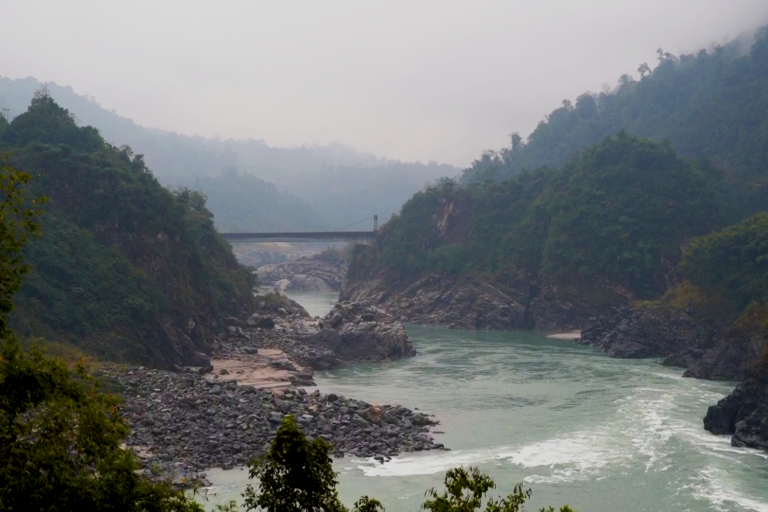In a move that has heightened geopolitical tensions, China’s ambitious hydropower project in Tibet is raising alarms in India, with experts warning of potential drastic reductions in water flow to the Brahmaputra River. This development could ignite a water conflict between the two Asian giants, prompting New Delhi to expedite its own massive dam initiative to safeguard vital resources for over 100 million people downstream.
The Brahmaputra, originating from Tibet’s Angsi Glacier as the Yarlung Zangbo, is a lifeline for communities in China, India, and Bangladesh. It supports agriculture, industry, and daily life across vast regions. However, Beijing’s announcement late last year of constructing the world’s largest hydropower dam in a border area has sparked fears that it could be used strategically, especially given ongoing territorial disputes in Arunachal Pradesh.
READ MORE: Tarbela Dam Spillways Opened, Confirms NDMA
According to internal assessments, the Chinese dam could divert up to 40 billion cubic meters of water annually, representing over a third of the flow at key Indian border points. The impact would be most severe during dry seasons, potentially cutting supplies by as much as 85%.
In response, India is fast-tracking the Upper Siang Multipurpose Storage Dam, poised to become the nation’s biggest hydropower structure.
With a storage capacity of 14 billion cubic meters, this project aims to regulate water during lean periods, reducing potential shortages in downstream areas to just 11% instead of a projected 25% without it. Additionally, it would serve as a buffer against sudden floods, capable of absorbing excess releases from upstream if needed. Plans include maintaining 30% of the reservoir empty to handle unexpected surges, enhancing flood moderation and water security.
High-level discussions, including those led by the Prime Minister’s office, have accelerated surveys and preparations. In May, equipment for site assessments was deployed under security escorts, underscoring the urgency amid local challenges.
Local Resistance and Community Impacts
While the project promises enhanced hydropower generation and disaster resilience, it faces strong opposition from Arunachal Pradesh residents, particularly the Adi community. Villages in the Siang district, nestled in lush valleys fed by the river, fear submersion of homes, farmlands, and cultural heritage. Protests have included damaging equipment and blocking access roads, with locals establishing vigilance posts to monitor activities.
Farmers like those growing paddy, oranges, and cardamom argue that relocation would erode their livelihoods and traditions. “Our lands are more than just soil; they sustain our families and futures,” echoed community voices amid the mist-covered hills.
To address these concerns, the state government, aligned with national priorities, has initiated compensation talks. Investments exceeding $3 million are planned for education, infrastructure, and relocation support.
Arunachal’s leadership views the dam as essential for countering existential threats, emphasizing its role in flood control and energy production. The chief minister has highlighted it as a strategic necessity to ensure regional stability against upstream manipulations.
Broader Geopolitical Ramifications
This escalating situation underscores the fragile dynamics of transboundary rivers in South Asia. China maintains that its projects undergo thorough safety and environmental evaluations, assuring no adverse effects on downstream ecology or water availability. It stresses ongoing dialogues with neighbors like India and Bangladesh to foster cooperation.
Yet, India’s actions reflect deeper anxieties, including past accusations from Pakistan over water-sharing pacts. New Delhi has paused treaty obligations and explored diversions, though international rulings urge adherence. The Brahmaputra dispute adds another layer to Sino-Indian relations, already strained by border skirmishes.
Building in such volatile zones demands robust bilateral engagement to mitigate shared hazards,” noted hydrologists studying trans-Himalayan waterways.
As construction timelines diverge—China’s dam eyeing power generation by the 2030s—India’s proactive stance aims to balance development with defense. The outcome could reshape water diplomacy, influencing everything from agriculture sustainability to regional peace.









